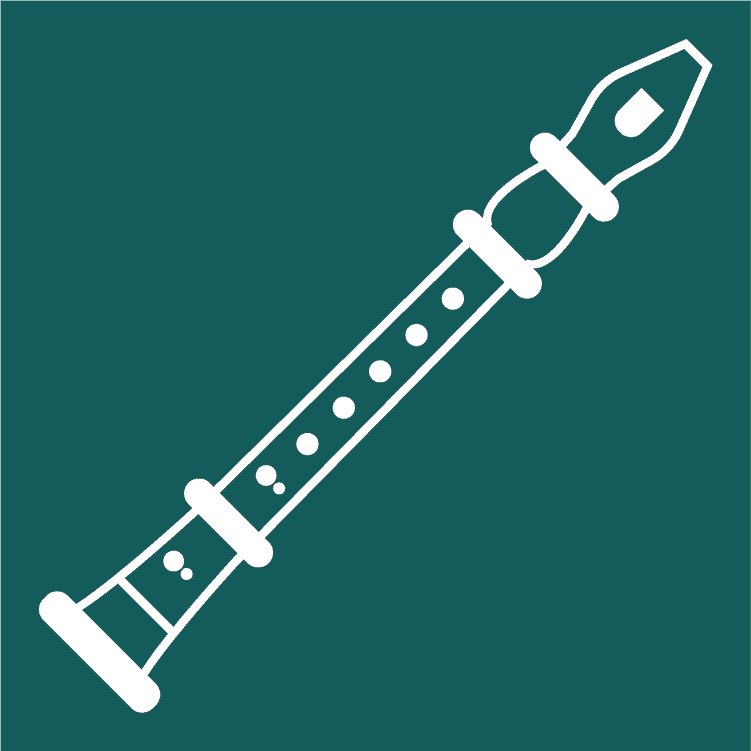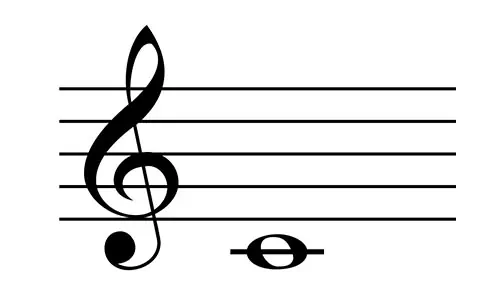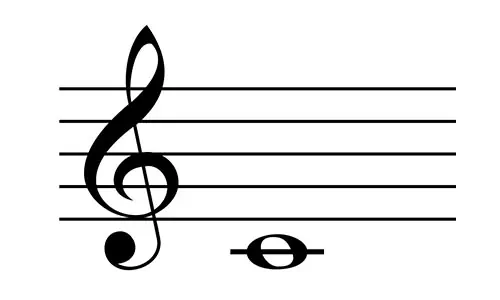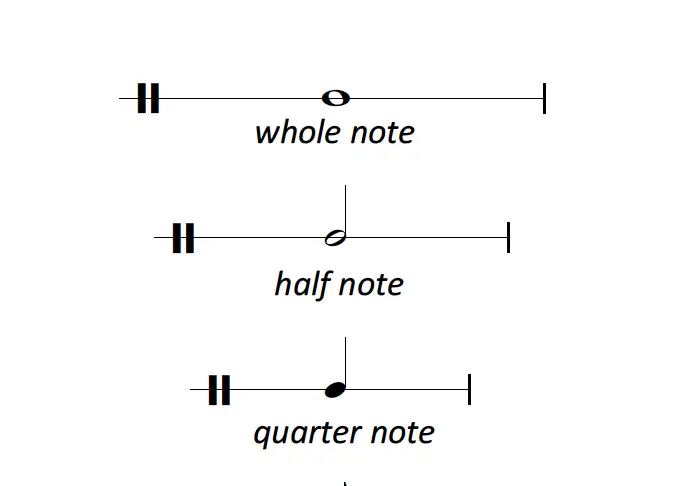how to Read Recorder Sheet Music
Figure out how to read sheet music within minutes

Finding out how to read music is such a different skill from actually playing the recorder. As an element of our ‘Beginner’s Guide To Learning The Recorder’ range, this section will provide you with sufficient information and facts to get started practicing this amazing skill.
Musical Notation - where did it start?
So how does somebody from Australia write down something, and another person in Ireland can understand it? It’s because they follow the rules of reading and writing in the English language. Printed written music notation is the same thing. If you are in LA or London, provided that you can understand the icons on the page, you can play the music.
Examples of early notation have been discovered on tablets going back as far as 2000 BC. Modern’ staff notation’, the method we now use, was created by Catholic monks to standardise church music.

Do You Need To Bother Learning To Read Music?
Let’s be totally frank. Learning to read music is really a hard thing to do.
Some incredible music artists and bands never learned, and there are widely used techniques which include playing by ear, or by using chord patterns, that ultimately don’t need sheet music.
You could absolutely go down this path if you choose. Just know that like riding a bicycle, reading music is a skill you never forget – and the advantages massively overshadow the cons.
How Should You Discover How To Read Music?
When you learnt to read and write, did you handle them as the same task? Of course not. Controlling your hand movements with a pencil, studying the forms of words, learning how characters join together are all a radically different skill from using your eyes to work out what a combination of characters spells.
The process of learning how to read music is actually comparable.
Playing the recorder is actually a radically different skill from reading the sheet music in front of you. Lots of badly experienced instructors try to teach both of these factors together – but the truth is known better! Learn them as individual skills that overlap. That way you’ll become successful more quickly.
Know The Fundamentals Of Musical Notation
The Treble Clef Staff
For recorder, staff notation is actually organised around something named the treble staff. This consists of a stave (the name for the lines) of 5 lines and 4 spaces. It is usually labelled with a treble clef (the squiggly thing at the beginning of the line)!
Middle C lies in the space at the very bottom of the stave, on an imaginary line.
Notes can sit on a line or in a space. The vertical placement (height) of the note specifies the pitch. The higher up the stave, the higher the pitch. If the note has to go higher or below the stave lines, we create mini lines for any note that is higher or lower. These lines are called ledger lines.

The notes
To prevent counting up from middle C each and every time, you can take advantage of memory aids to recognise the notes. The four spaces in the treble staff spell out “FACE”.

The five lines of the treble staff are EGBDF. The acronyms that are well-liked tend to be “Every Good Boy Does Fine” or “Every Girl Boss Does Fine.” We personally think these are pretty terrible, and it’s far more entertaining to make up your own!

And to help give a great summary of the entire Treble Clef staff, here you go:

How To Tell The Length Of The Notes
Whenever we read through music, we read the music notes from the left-hand side to the right. Since we previously figured out which precise note to play, we now need to find out how much time to play it for. Fortunately, the printed note actually tells us this at the same time.
The shape of the note informs you how much time to play it.
- A whole note (or if you are in the UK, it’s called a Semibreve) is an empty circle and lasts four counts.
- A half note (or if you are in the UK, it’s called a Minim) adds a stem and lasts two counts.
- A quarter note (or if you are in the UK, it’s called a Crotchet) fills in the circle and lasts one count.


How To Read Recorder Sheet Music - Summary
At last!
With that information, for those who study it long enough and get used to knowing which line and space equal which note, you’ll get fluent in reading music in no time.
Unsurprisingly, there exists a large amount of information and facts that I haven’t given you yet – but it’s about managing the information to not ever overwhelm you. Whenever you might be confident with all of these specifics, you’ll naturally find out much more…
About the Author
Chloë Vincent
Chloë is a graduate of the Guildhall School and concert highlights include the BRIT awards with Billie Eilish, The Who at Wembley Stadium and performing for the Queen at Buckingham Palace. Chloë regularly records at studios such as Abbey Road, working for artists such as Kanye West, Madonna and Michael Kiwanuka as well as film sessions. Orchestral work covers tours of China and Japan and performing at the Musikverein in Vienna. Chloë lives in Oxfordshire with her trumpeter husband and enjoys cooking and playing board games in her spare time.
Twitter - @chloeflute
Other posts by this author
Twitter - @chloeflute
Will You Be Enjoying 4 Feature Friday?
As regular as I have my morning coffee, I send out an email to you with the four most amazing things that you absolutely have to know about.
As long as it’s music connected, it could finish up in the e-mail. New tunes, tricks, items, reviews – anything at all.
Acquire access by tapping below.
Read the next post in this series:




